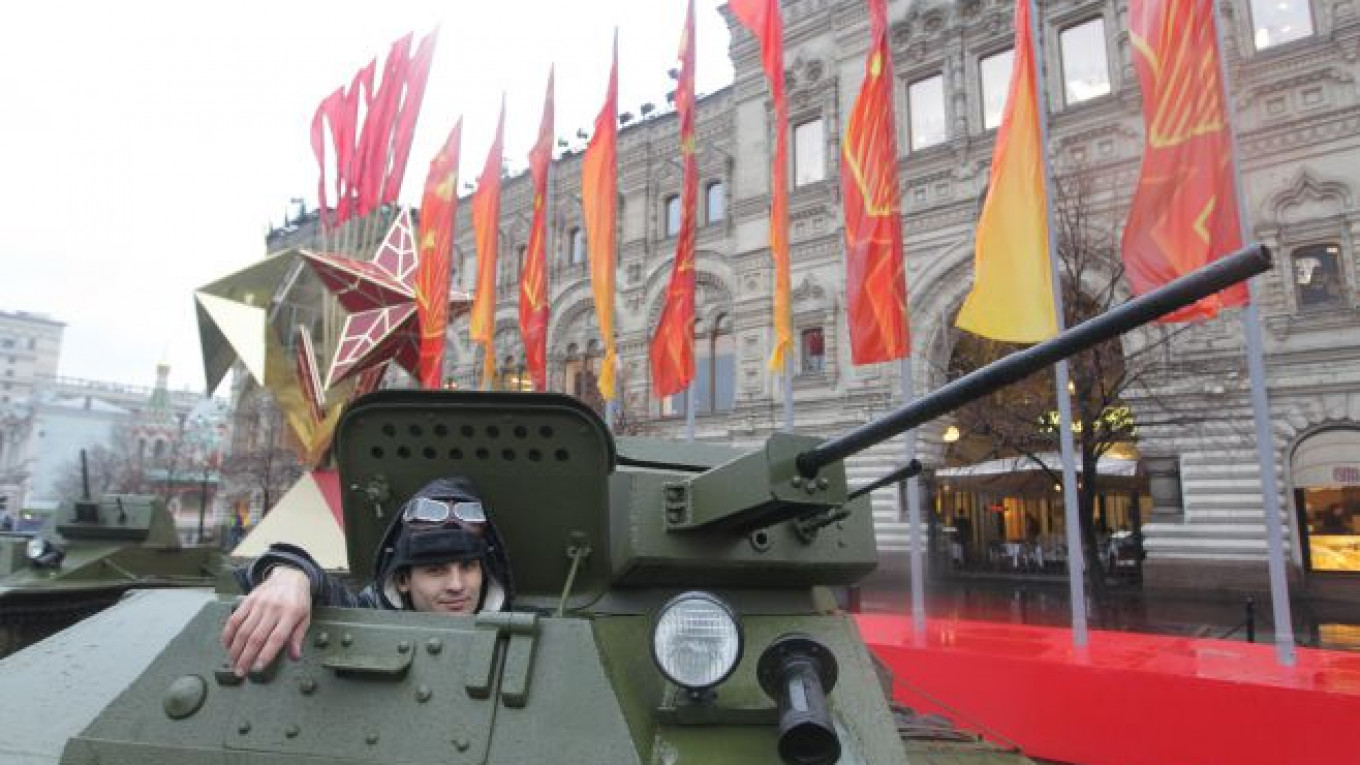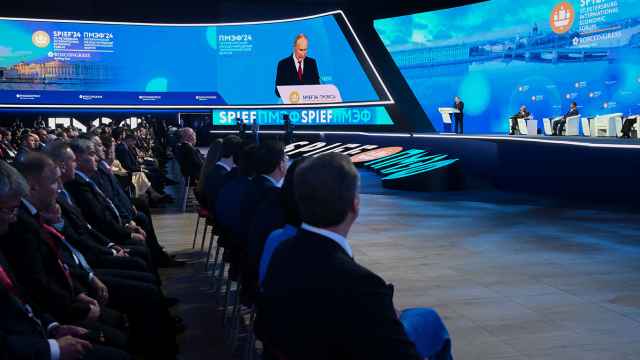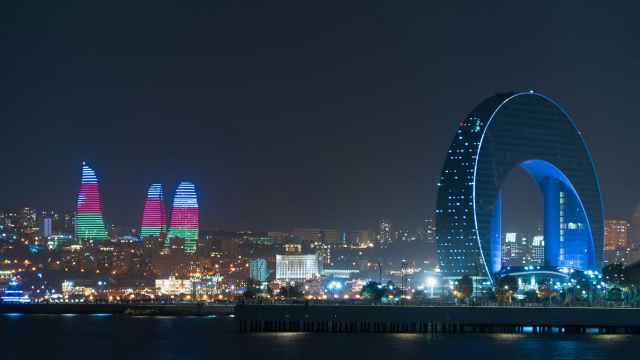Correction appended:
President Vladimir Putin announced Monday that Russian arms exports continue to flourish, with $5.6 billion worth of weapons and military hardware having been sold in the first half of 2014, while its portfolio of export orders have expanded by $15 billion.
Moscow's plans to expand its presence on the global arms market come at a time when the modernization of Russia's military and industrial production base is high on the agenda. The need for boosting domestic arms production has been highlighted by events in Ukraine, where Russian defense contractors are deeply integrated with large firms like Yuzhmash, which makes thousands of military components for the Russian defense sector.
Though Russia's arms exports did not eclipse the total for the first six months of 2013, when more than $6 billion worth of arms were sold, this year's sum of $5.6 billion is still represents a success. Furthermore, orders worth $35 billion for Russian-made weapons systems had been placed by the beginning of 2014, but six months later the figure sits at $50 billion.
"What is important now is to ensure the entire military technology cooperation system's steady development, keep building up our existing and prospective international ties in this sector, [and] increase Russia's presence on the global arms market," Putin said at a meeting of the Commission for Military-Technology Cooperation with Foreign States.
Putin said that these goals "should certainly help domestic defense companies plan to expand and upgrade production, and create new quality jobs."
Russia is already one of the world's leading arms exporters, second only to the U.S. Between 2009 and 2013, the U.S. supplied 29 percent of the world's military hardware, while Russia was responsible for 27 percent.
Russian military exports primarily include guns, missiles, and aircraft, which are usually bought by developing nations, such as India, China and Venezuela. Ships and submarines are another important military export, with Kilo class diesel-electric submarines and other Soviet-era vessels remaining a popular choice for aspiring naval powers.
Plenty of attention has been focused on increasing exports of late, but Russian officials have also called for the defense industry to reduce its reliance on Ukrainian imports. The need for increased self-sufficiency was made yet more important last month when Ukrainian President Petro Poroshenko banned military-industrial cooperation with Russia. However, Deputy Prime Minister Dmitry Rogozin, who oversees the Russian defense industry, has said that it would take two years to substitute Ukrainian imports with Russian domestic production.
Another hot item on Russia's military agenda is the restoration of its naval capabilities. In June, Russia launched the first of its new Yasen class attack submarines, and earlier this year the new Borei class nuclear missile submarines was declared ready for combat duty.
The Black Sea Fleet is also due for an upgrade in October, when France's Mistral class assault carrier is set to be delivered to the Russian Navy. The ship will be stationed at the port city of Sevastopol, which was annexed by Russia along with the rest of the Crimean peninsula in March.
Russia's pursuit of a $700 billion modernization program for its aging military coupled with its actions in Ukraine have caused many in the international community to question Moscow's military ambitions. Recent months have also seen a flurry of Russian military activity in the form of large-scale military exercises aimed at showcasing the resurgent might of the military.
It is unclear whether Russia will be able to fully realize its modernization and reform plans, however, due to the current economic problems and Ukraine's ban on cooperation, the full effects of which will not be known for some time.
Correction:
An earlier version of this article stated that Russia is spending 700 trillion rubles on its military modernization program. The correct figure is $700 billion.
A Message from The Moscow Times:
Dear readers,
We are facing unprecedented challenges. Russia's Prosecutor General's Office has designated The Moscow Times as an "undesirable" organization, criminalizing our work and putting our staff at risk of prosecution. This follows our earlier unjust labeling as a "foreign agent."
These actions are direct attempts to silence independent journalism in Russia. The authorities claim our work "discredits the decisions of the Russian leadership." We see things differently: we strive to provide accurate, unbiased reporting on Russia.
We, the journalists of The Moscow Times, refuse to be silenced. But to continue our work, we need your help.
Your support, no matter how small, makes a world of difference. If you can, please support us monthly starting from just $2. It's quick to set up, and every contribution makes a significant impact.
By supporting The Moscow Times, you're defending open, independent journalism in the face of repression. Thank you for standing with us.
Remind me later.






